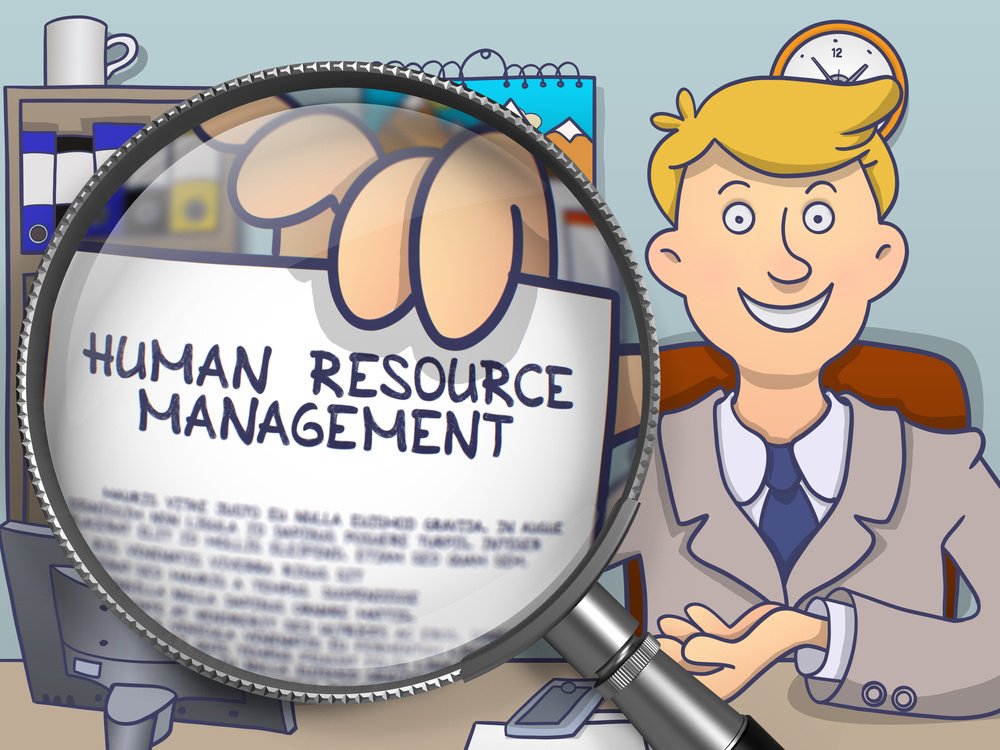The Top 5 Checklists That HR Needs To Master To Make a Difference
Everybody talks about how HR should be a strategic function in any business. The thinking goes that once HR masters its day-to-day processing activities (e.g., hiring, training), it should be able to move on to more strategic endeavors like succession planning and/or talent acquisition.
 Master These 5 HR Operational Processes to Be Able to Move to More Strategic Endeavors
Master These 5 HR Operational Processes to Be Able to Move to More Strategic Endeavors
HR in all types of businesses has been trying to automate and streamline their day-to-day activities for a long time with mixed results. We believe that the simplest answer to achieve a flawless, consistent, and timely execution of the 5 key operational processes in any HR department is to use checklists.
The Core HR Operational Checklists
In its quest for operational perfection, here are the top 5 checklists for the most basic, yet critical, operational activities in HR:
1. Employee Recruiting
At the beginning of any employee’s journey with a business is the process of being evaluated, interviewed, and assessed until an offer of employment is extended and accepted. This is the first opportunity where both parties, the employer and the future potential employee, have an opportunity to evaluate each other for fit.
An employer needs to rely on HR to make sure the process is organized and executed in a consistent and timely manner according to the business’ policies, approach, requirements, evaluations, and risk mitigation strategies.
2. Employee Onboarding
Once a new employee accepts an offer of employment, HR is now responsible for bringing that person on-board in a consistent, flawless, and timely fashion according to the business’ policies, benefits, legal requirements, and business tools such as computer and network access, business cards, telephone, and physical access.
3. Employee Offboarding
When employees leave or are terminated, HR needs to step in and make sure that nothing is forgotten and that everything is properly handled. Things like cancelling access to systems, removing access to physical facilities, and helping with benefits enrollment come to mind. Risk mitigation is the primary concern here.
4. Employee Education
 Employee Education is a Core HR Operating Process That Needs to Be Flawlessly and Timely Executed
Employee Education is a Core HR Operating Process That Needs to Be Flawlessly and Timely Executed
Businesses have all sorts of training, compliance needs, licensing and/or certification requirements that often fall on HR for monitoring and execution. Ensuring that these things do not fall through the cracks provides immense value to the business.
5. Employee Evaluations
Finally, most businesses have a process for employee performance and compensation reviews that allow them to reward and incentivize performance. Businesses usually tie the consistent execution of these evaluations to retention and growth strategies, and HR is at the center of making sure these things are executed as planned.
Once these HR operational activities are mastered, moving into more strategic endeavors should be a breeze.
The Checklist Magic
Checklists are a simple and powerful concept to ensure consistent and timeless execution of these 5 HR operational processes. Complementing this checklist-driven effort with a tool like CommandHound will help with execution.
 CommandHound Uses Checklists to Drive Accountability and to Make Sure Things Get Done
CommandHound Uses Checklists to Drive Accountability and to Make Sure Things Get Done
CommandHound supports checklist-driven solutions by defining responsibilities, sending reminders, and escalating things when activities are not completed as expected. CommandHound also has the added benefit of driving accountability in the workplace by tracking on-time checklist completion performance at the individual and team levels. This information can then be tied to performance review and/or incentive systems to drive accountability.
Next Steps
Would like to learn more about how CommandHound can help your HR department achieve flawless and timely execution on all the top 5 operational processes listed above?
